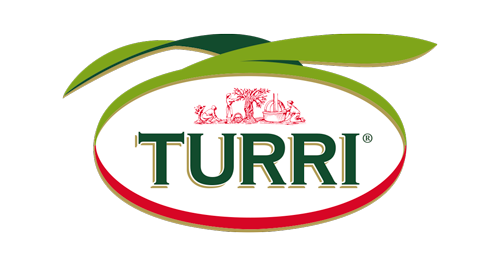How can we explain the dangerous oxidation reactions that can occur in oil? We will try to do so in the simplest way possible. Let us first of all remember that everything ages – just think of an apple or a peach – and that this process leads to a natural spoilage of all foods. There are however a few exceptions, such as wine, cheese and spirits, which can improve with the passing of time. What is usually deleterious is excessive ageing. Fats and oils in particular with time oxidise and produce unpleasant molecules, such as those determining the aroma and flavour of rancidness.
As well as being unpleasant, these molecules are also bad for our health.
In order to avoid or reduce the onset of oxidation, we can act on certain factors:
- Reduce oxygen
- Shield it from light
- Control the temperature.
With regard to the latter factor, we should always remember that olive oil has an ideal storage temperature. Both above and below this level, the oil degrades, slowly in the latter case and very rapidly in the former one. When it is cold, the phenols in the oil crystalize and decant to the bottom of the bottle, thus becoming less effective. If on the other hand it is too hot, all parameters change drastically.
But what are the most critical parameters? Doubtlessly, the worthiest of mention is K232. This parameter measures ultra violet absorption at a wavelength of 232 nanometres and reveals whether the structure of the oil in question has changed as a result of oxidation. The levels of K232 increases when the olives employed are overripe, bruised or damaged by olive flies, if the malaxation process occurs under suboptimal conditions or if there has been a fraudulent addition of rectified olive oil, all conditions that can be detected through as sensory analysis of the oil. By tasting it, we can easily verify whether there are negative aromas and flavours in the oil, such as cooked or earthy. K232 levels can also increase when the bottle of oil is left too long in a warm environment or when it is exposed to the light. According to law, the maximum level of K232 allowed in extra virgin olive oils is equal to 2.5.


